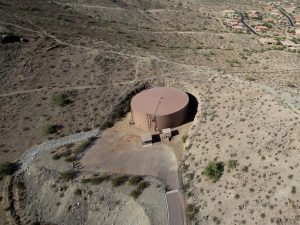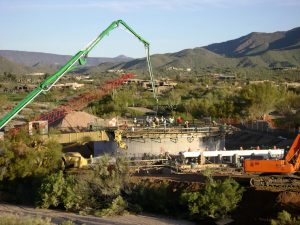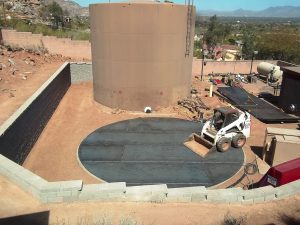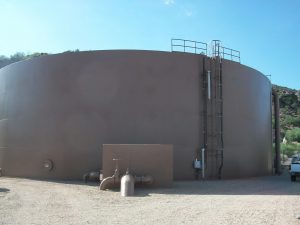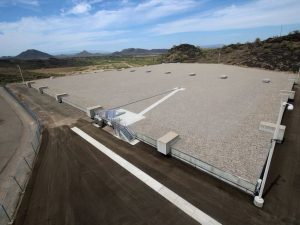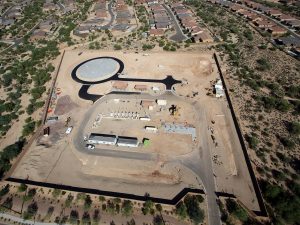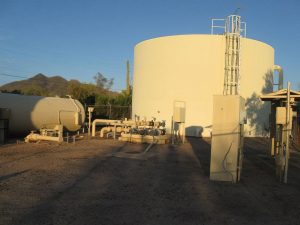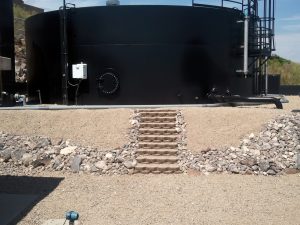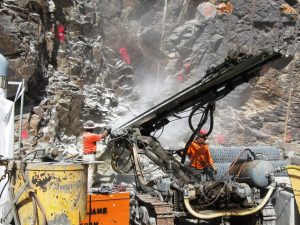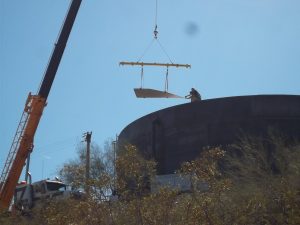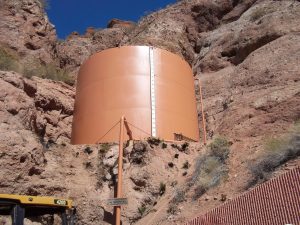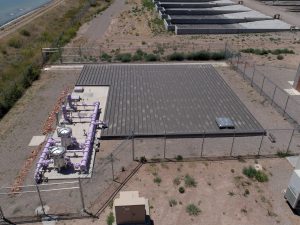Reservoirs
Even though reservoirs today are designed with new technology to increase the efficiency of water use, they have been around for thousands of years. The earliest sign of civilizations using reservoirs date back to before 3,000 B.C. They mainly used reservoirs for irrigating crops. Now, reservoirs hold many purposes and designs. Water reservoirs are necessary to support large populations of people and agriculture. They store water for extended periods of time to be able to use when it is required.
Reservoirs are not only for potable drinking water but can also hold non-potable water. Non-potable water use can range from agriculture to natural disaster use. Each reservoir holds water in reserve in case of an increase of water demand. That way, firefighters and other first responders do not have to worry about a water shortage.
There are two main types of reservoirs that supply water to a nearby city. Each one has their own purposes and strengths. Artificial Lakes, or Open Reservoirs, hold the most water out of the two. A dam is created to block flowing water from a river. The water becomes trapped and collects in the surrounding area. The built upriver water creates an artificial body of water.
Open reservoirs are for multipurpose use, not just for water storage. If big enough, the new lake is used for recreational activities. For public use, marinas and dry docks can be found around the lake. Fish are stocked in the lake for catching, and water sports are popular for residences. Arizona reservoirs like Saguaro, Canyon, and Pleasant are known for their commercial use more than storing city water. The dams that hold the water can be multipurpose as well. Spillways on the dam create usable energy. When water passes through the dam, it can power a turbine creating usable energy for the surrounding area. There are drawbacks when relying on open reservoirs. When in hotter climates, evaporation plays a big part in misplaced water. Water supplies can be greatly diluted before making it out of storage.
Tank reservoirs fix this problem by enclosing the water supply. They are significantly smaller and have less of an environmental impact. Instead of damming a river to fill up a basin, tanks use polyethylene plastic to make a cylinder to store the water. Polyethylene is a non-corrosive material that can last for hundreds of years without needing repairs. Tanks can also be made from metal or concrete, but non-corrosive material is best for lasting use. The tanks are placed on an elevated surface or mountain to negate booster pump stations and instead use gravity to let the water flow to residential areas. The average tank can hold around a million gallons of water. Like open reservoirs, not all tank reservoirs hold potable water. Certain tanks are designed to provide the treated wastewater to farms and city landscaping.
Now, we are facing a water shortage with most lakes in the United States reaching record lows. preserving water and building efficient reservoirs are important to make sure we have a water supply in the future.

